Glacier National Park is located in Montana. The park is part of the Rocky Mountain range and encompasses over 1 million acres. It is one of America’s most beautiful parks. Going-to-the-Sun Road, which traverses the park, is a beautifully picturesque 50 mile long mountain road that can be accessed from either the east or west entrance. The winding road slowly rises to Logan Pass, which at 6,646 feet, is the highest point on the road. There are many overlooks and many trailheads accessible from the road. Every turn in the road presents another beautiful view of the mountains, valleys, waterfalls and lakes. Due to narrow sections and hairpin turns the highest portions of the roadway are limited to vehicles no longer than 21 feet and no wider than 8 feet. .
In the 19th century an estimated 150 glaciers existed in the park. By 2010 only 25 active glaciers remained and it is estimated that all the glaciers may disappear by 2030. There are two hundred waterfalls and 700 crystal clear lakes scattered throughout the park. Lake McDonald is the largest and deepest lake at 464 feet.
Many animals inhabit the park. Grizzly and black bears, mountain goats, moose, bighorn sheep, elk, white-tailed deer, bobcat, cougar, coyote, mule deer and skunk are common. Glacier National Park has an average of 14 forest fires annually but in 2003 the landscape changed when 136,000 acres, (13 percent of the park), burned due to a multiyear drought. Opportunities for hikers are plentiful. The park has over 700 miles of trails ranging from flat easy walks to challenging technical hikes. There are three visitors’ centers, one at each entrance and one at Logan’s Pass. The park offers a free shuttle service for tourists who want to sit back and enjoy a ride through the park. We spent much of the day driving the Going-to-the-Sun Road. We stopped at many of the overlooks and enjoyed the spectacular views from each. It is amazing to see how much snow still remains in the mountains in late July. We visited the west Visitors Center and made sure we got our National Parks Passbook stamped. We thoroughly enjoyed Glacier National Park. It is truly a remarkable place to visit.
While in North Dakota we spent a day at the Theodore Roosevelt National Park. The 70,000 acre park is located in the western region of the Badlands of North Dakota. It is made up of three sections: the North Unit, the South Unit, and the Elkhorn Ranch Unit.
The park is named after President Theodore Roosevelt who first came to the North Dakota badlands to hunt bison. He spent many years enjoying this area. President Truman established the Theodore Roosevelt National Memorial Park in 1947, the only National Memorial Park ever established. In 1978 the park was renamed the Theodore Roosevelt National Park.
It is a beautiful park with sweeping vistas and miles of dome-shaped hills with layers of multicolored horizontal striped rocks and sediment. The park has foot and horse trails, wildlife viewing, back country hiking and camping areas. The park is home to a wide variety of wildlife including bison, coyotes, cougars, feral horses, badgers, elk, bighorn sheep, white-tailed deer and mule deer, prairie dogs, and many species of birds including golden eagles, sharp-tailed grouse, and wild turkeys.
While traveling the scenic drives in the park you can stop at the pull-offs and enjoy short trails which lead to beautiful overlooks of the park. We saw a few horses, many prairie dogs in their little “towns” and a large herd of Bison who were relaxing in a field. The Bison decided to move to a stream for a cool drink and crossed the road right in front of us. It was a great photo op!
You drive through the town of Medora to access the south entrance of the park. It is a touristy little western town with wooden sidewalks, old fashioned ice cream parlors, museums and an amphitheater that puts on productions of the “Medora Musical”. We had a great time and enjoyed the beautiful park and its wildlife.
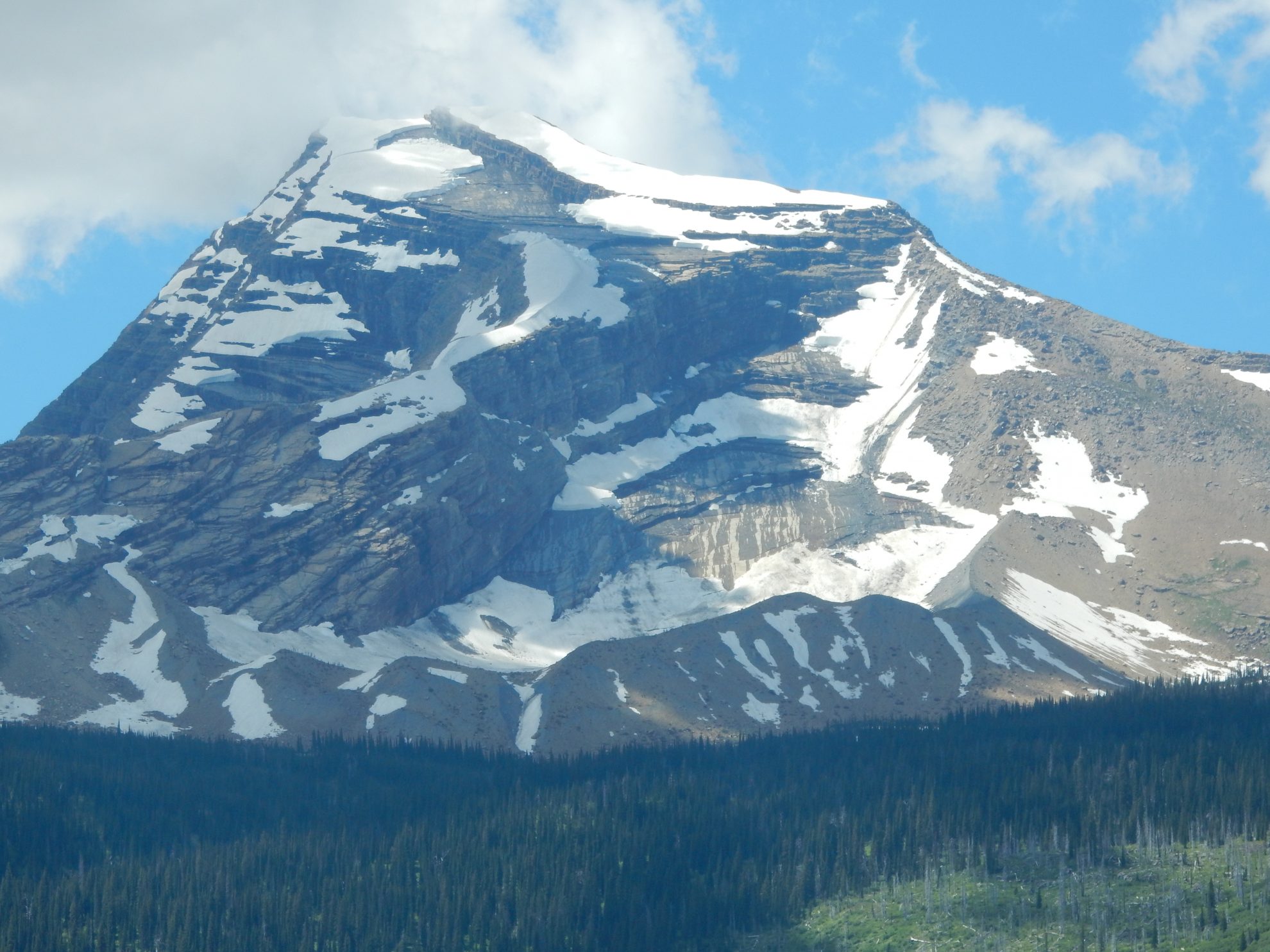
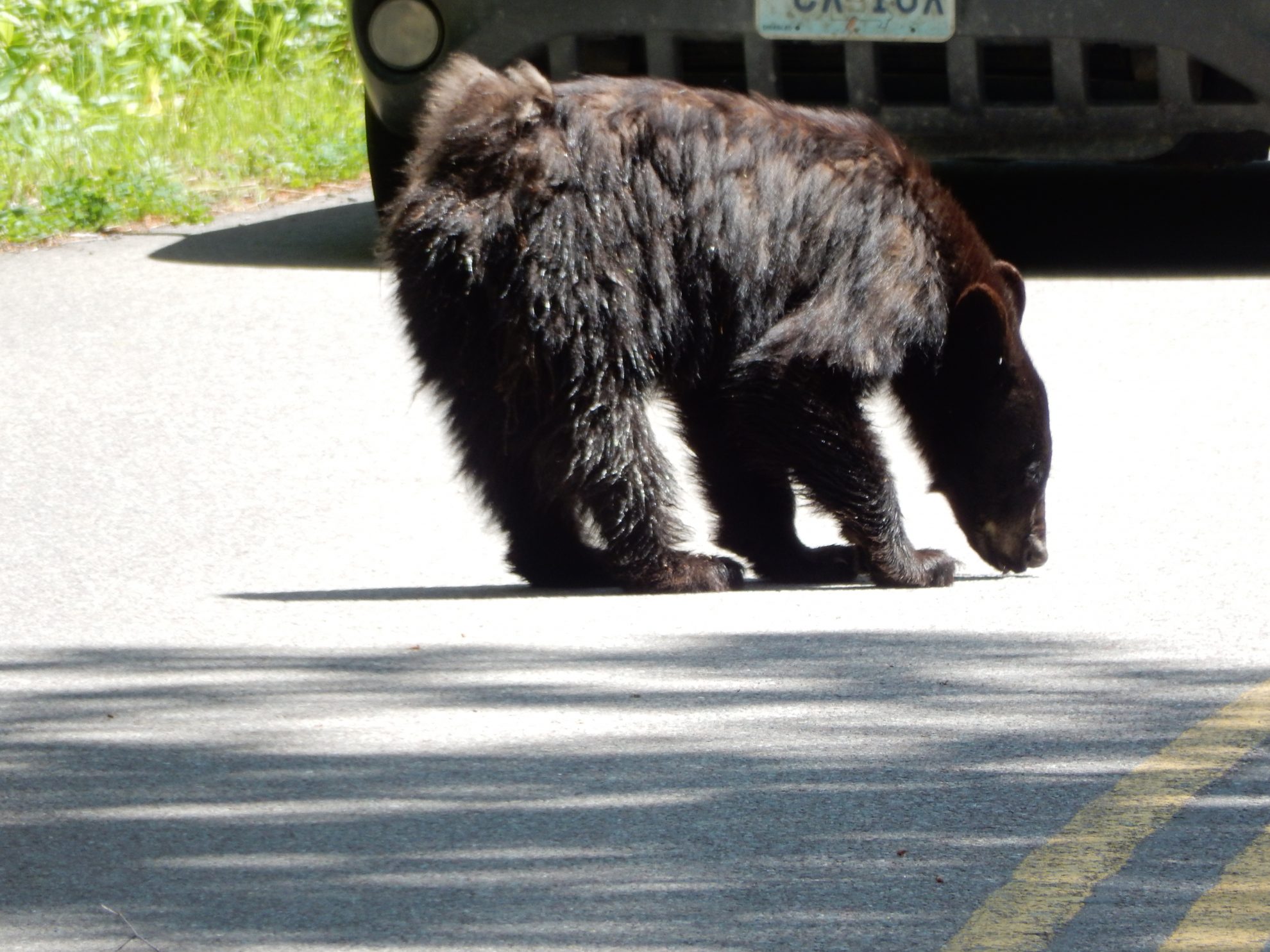
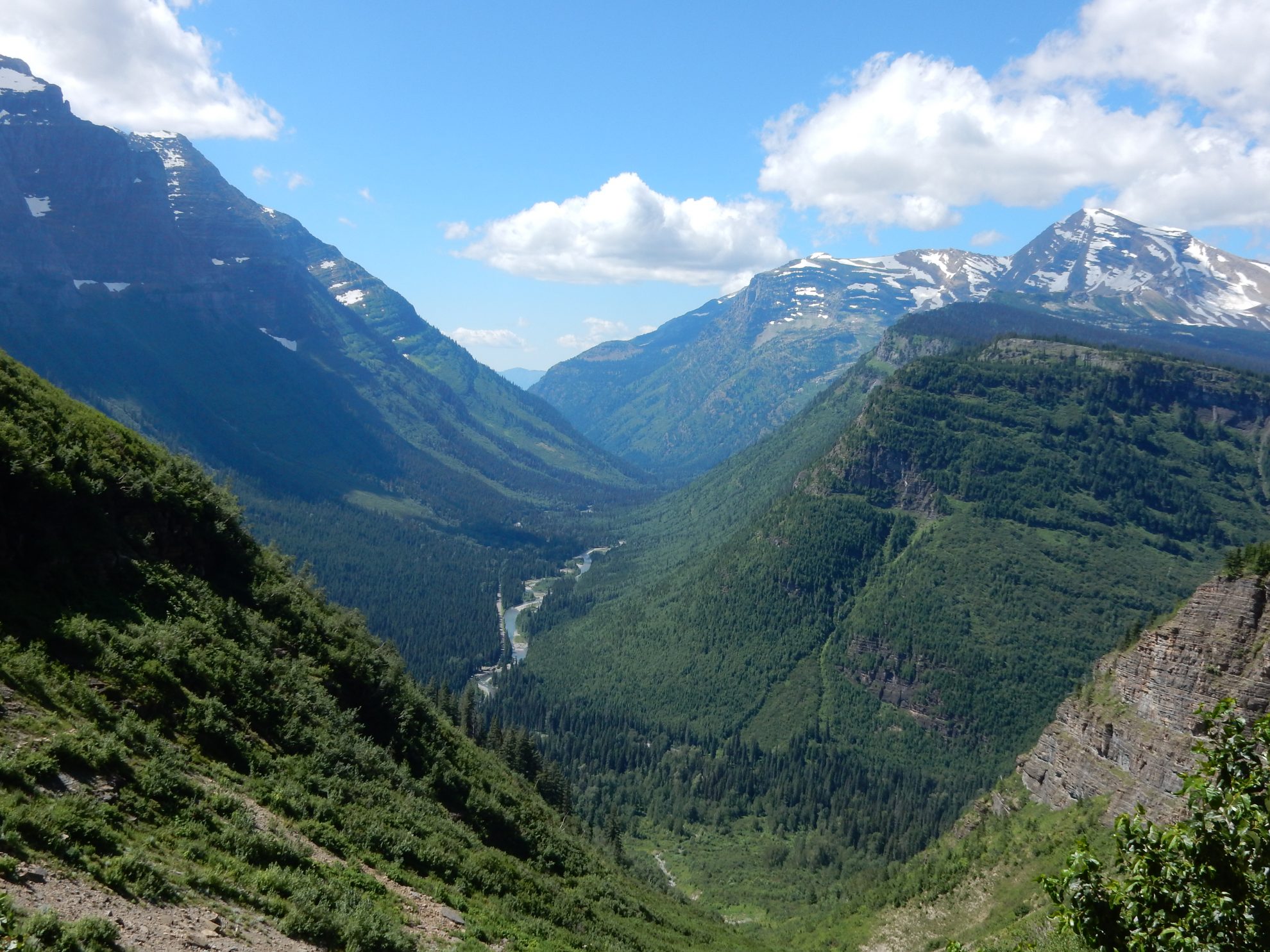
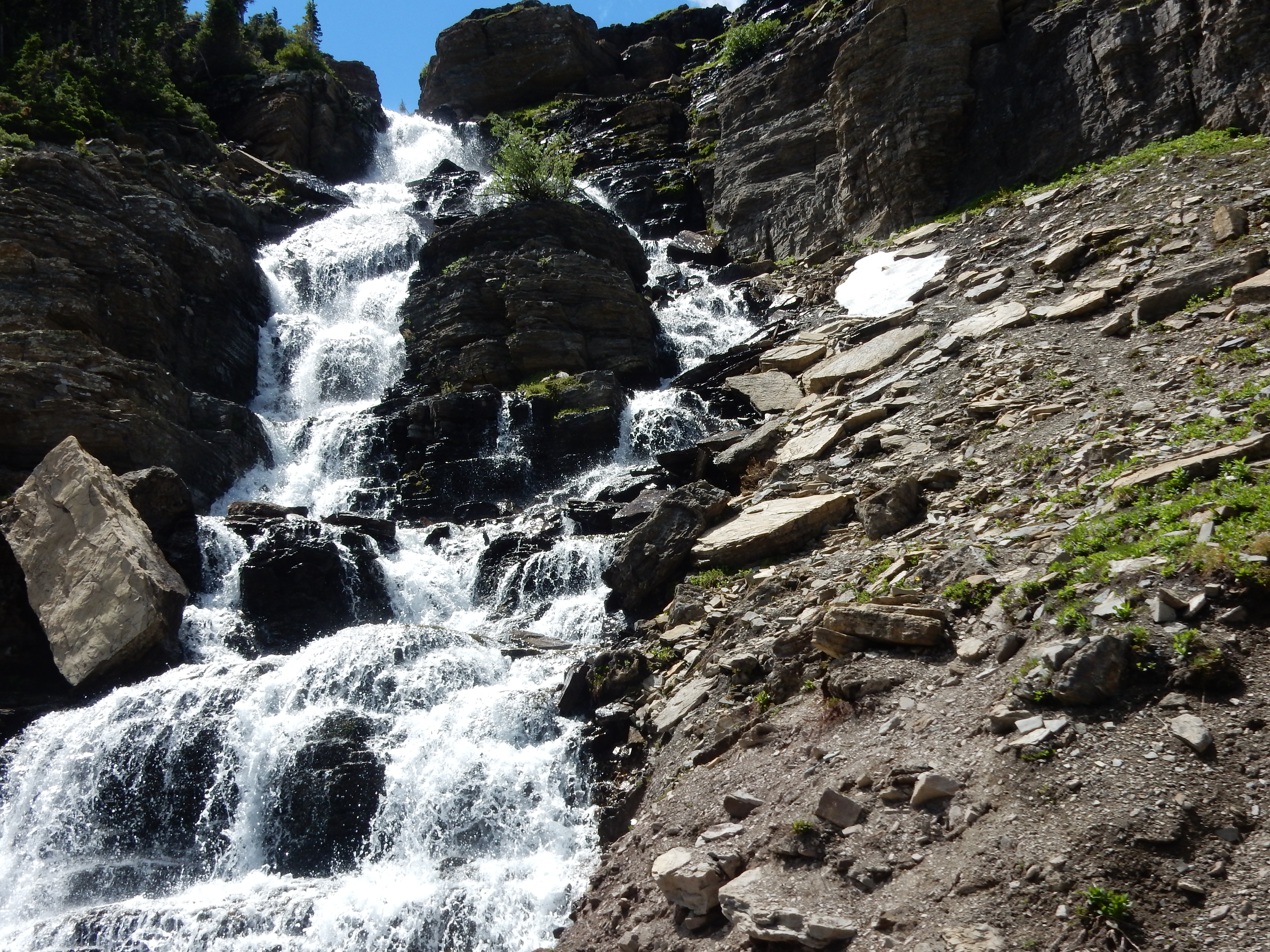
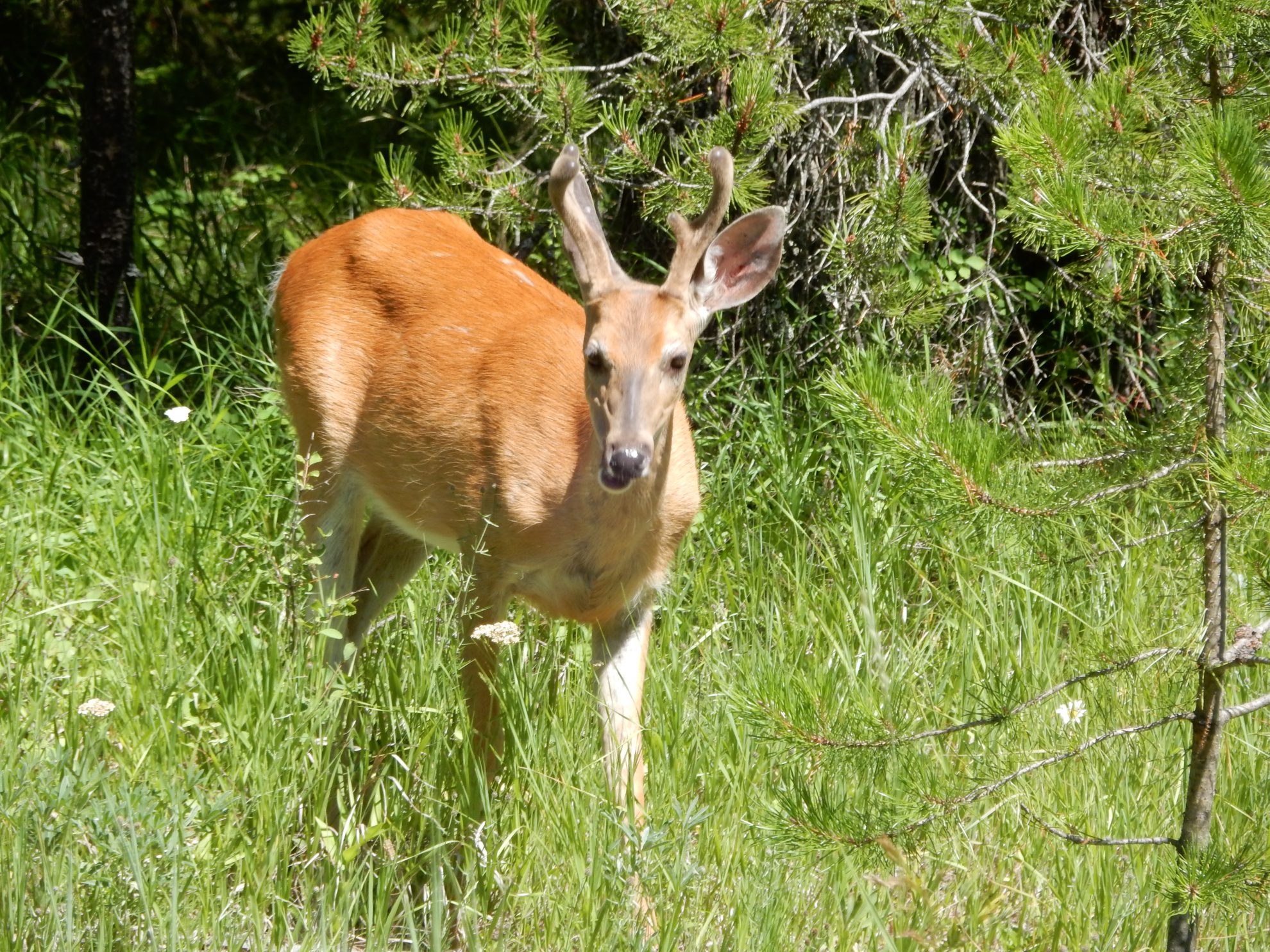
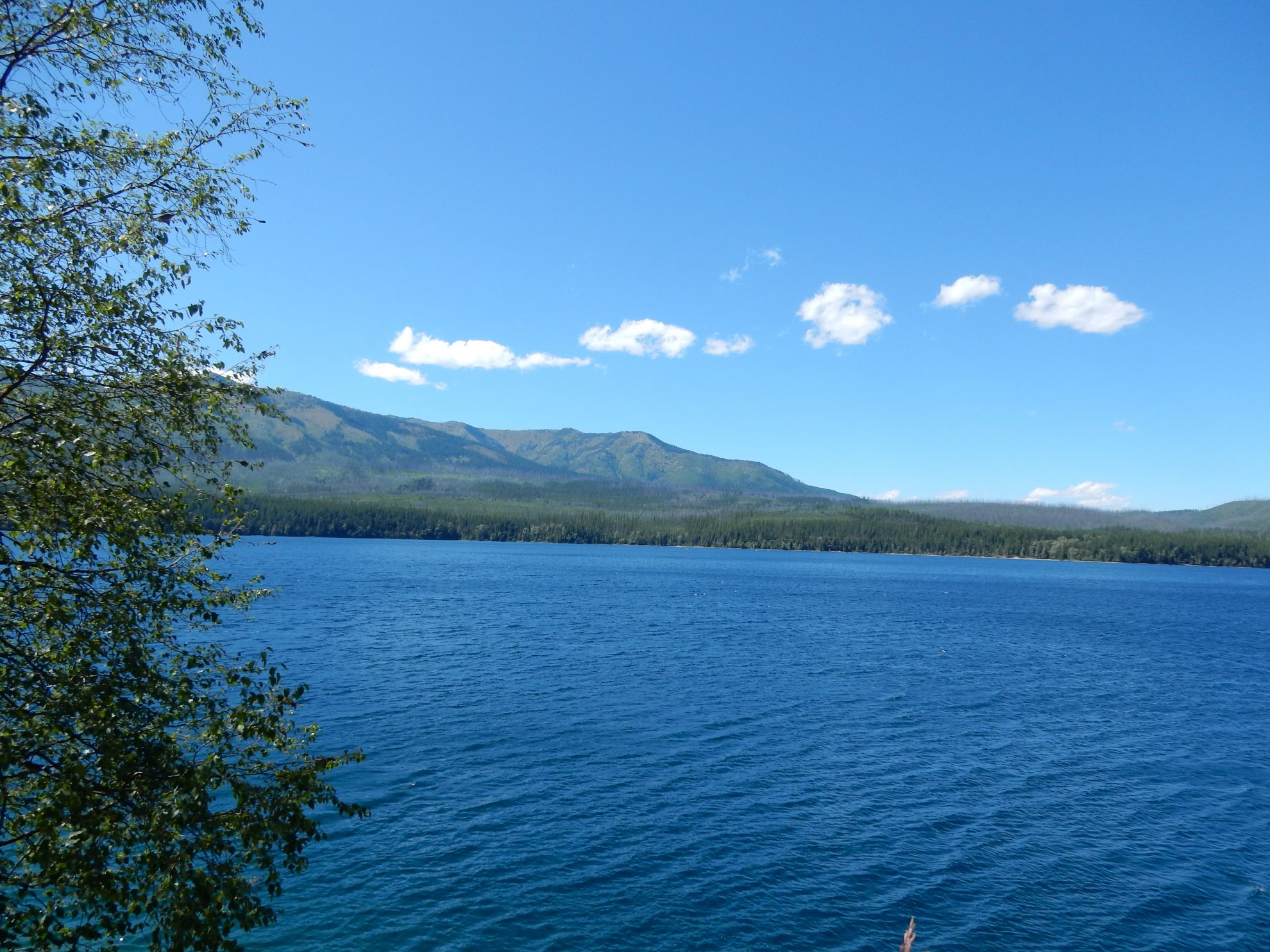
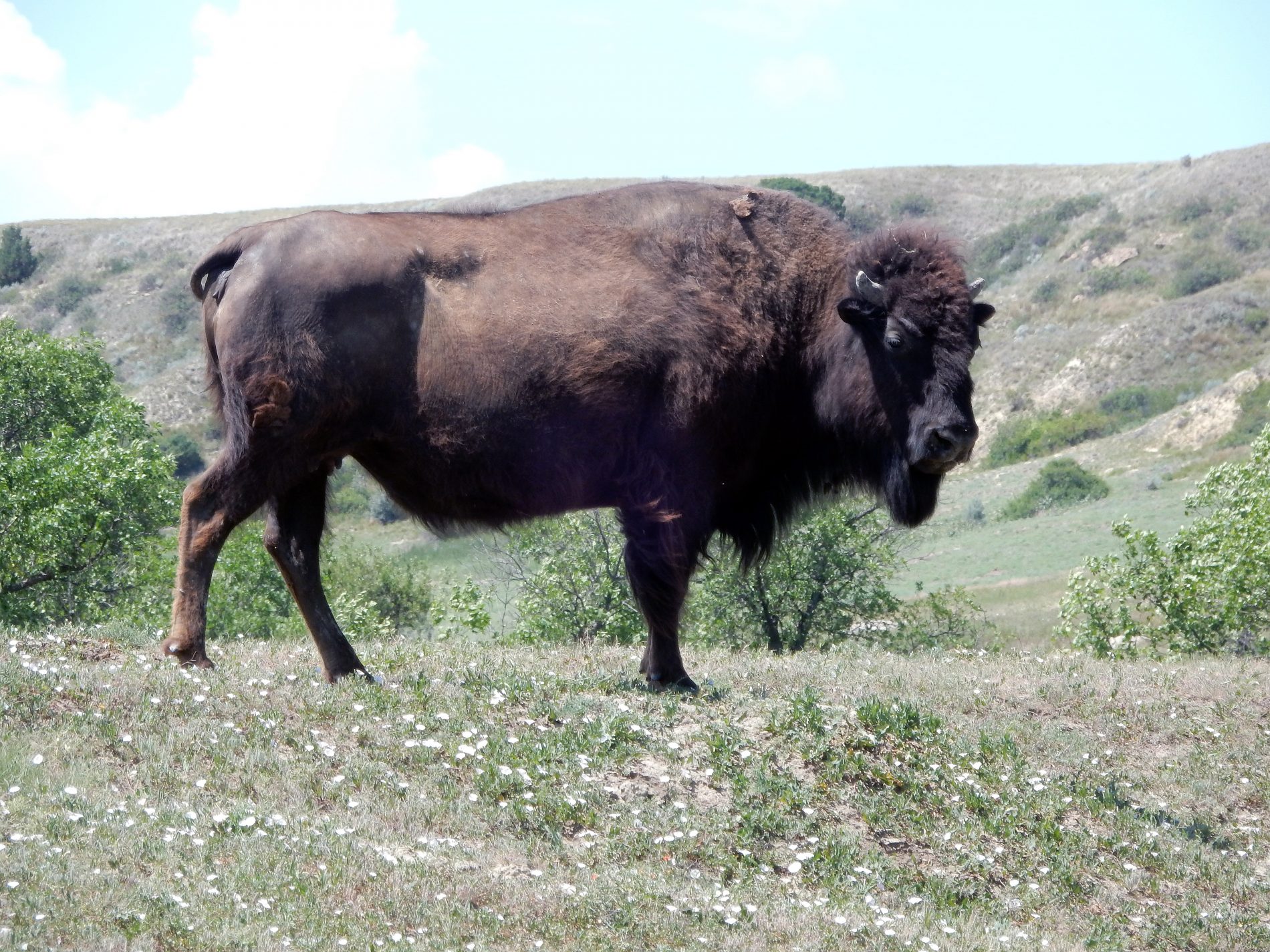
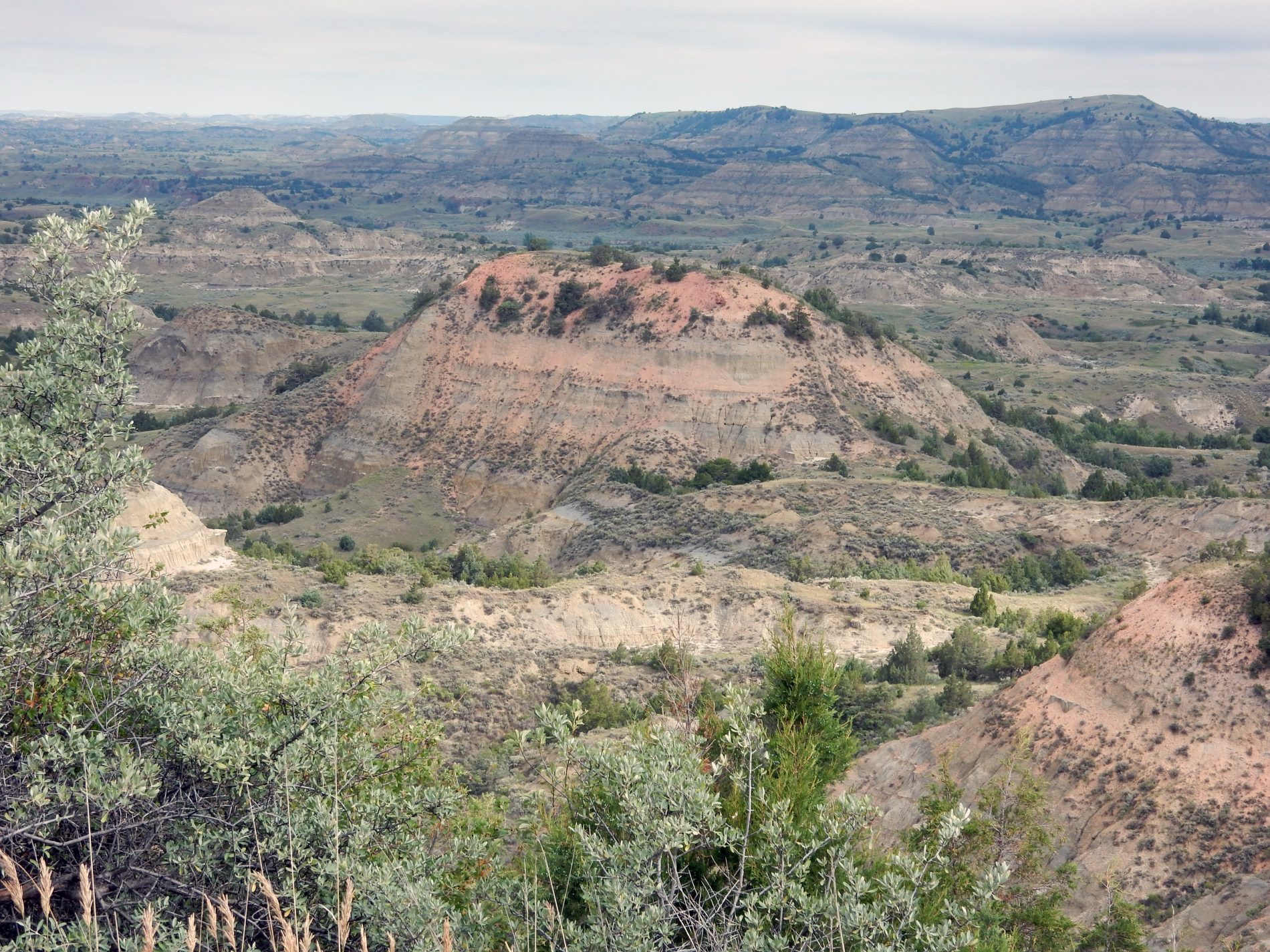
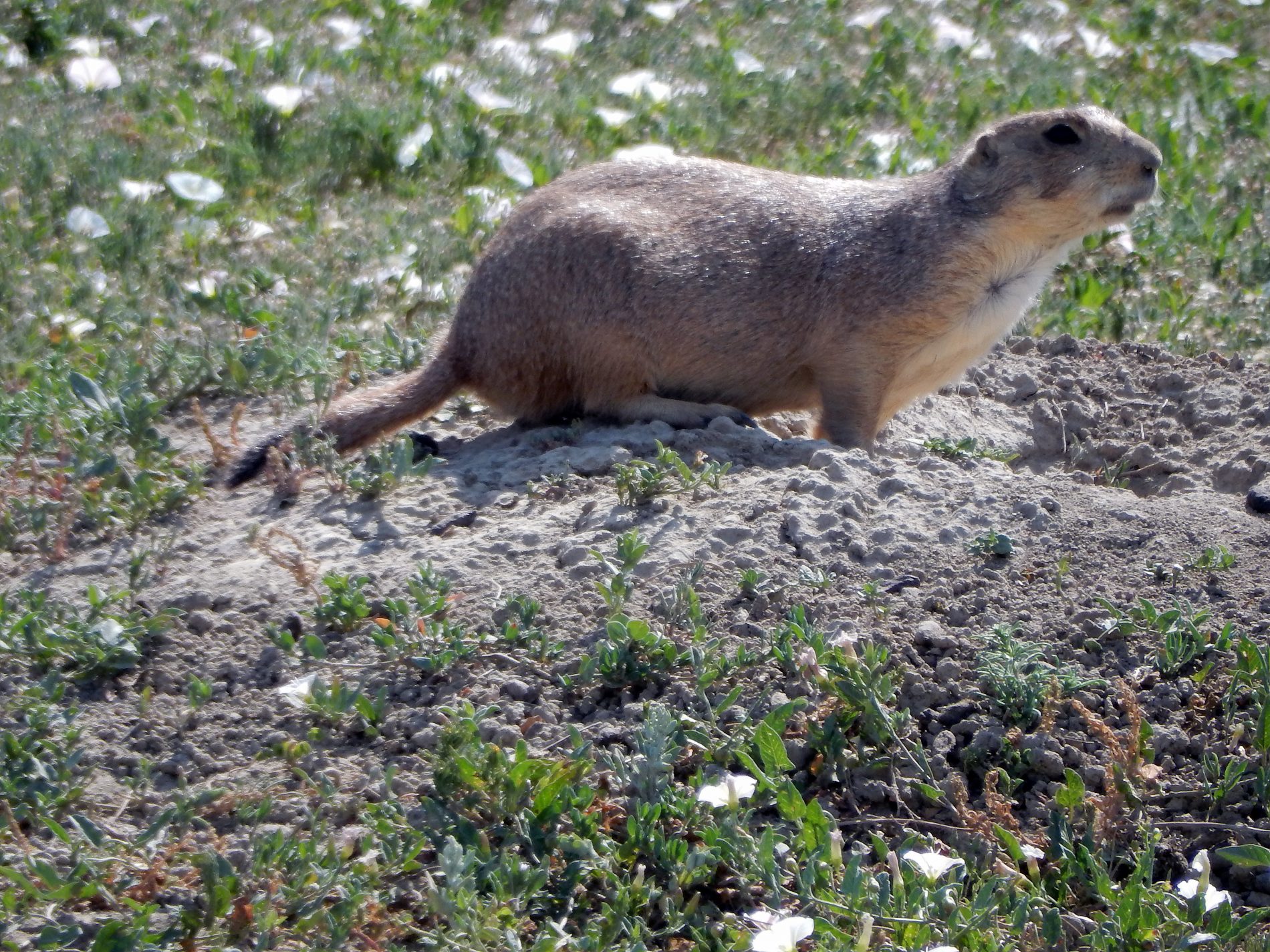
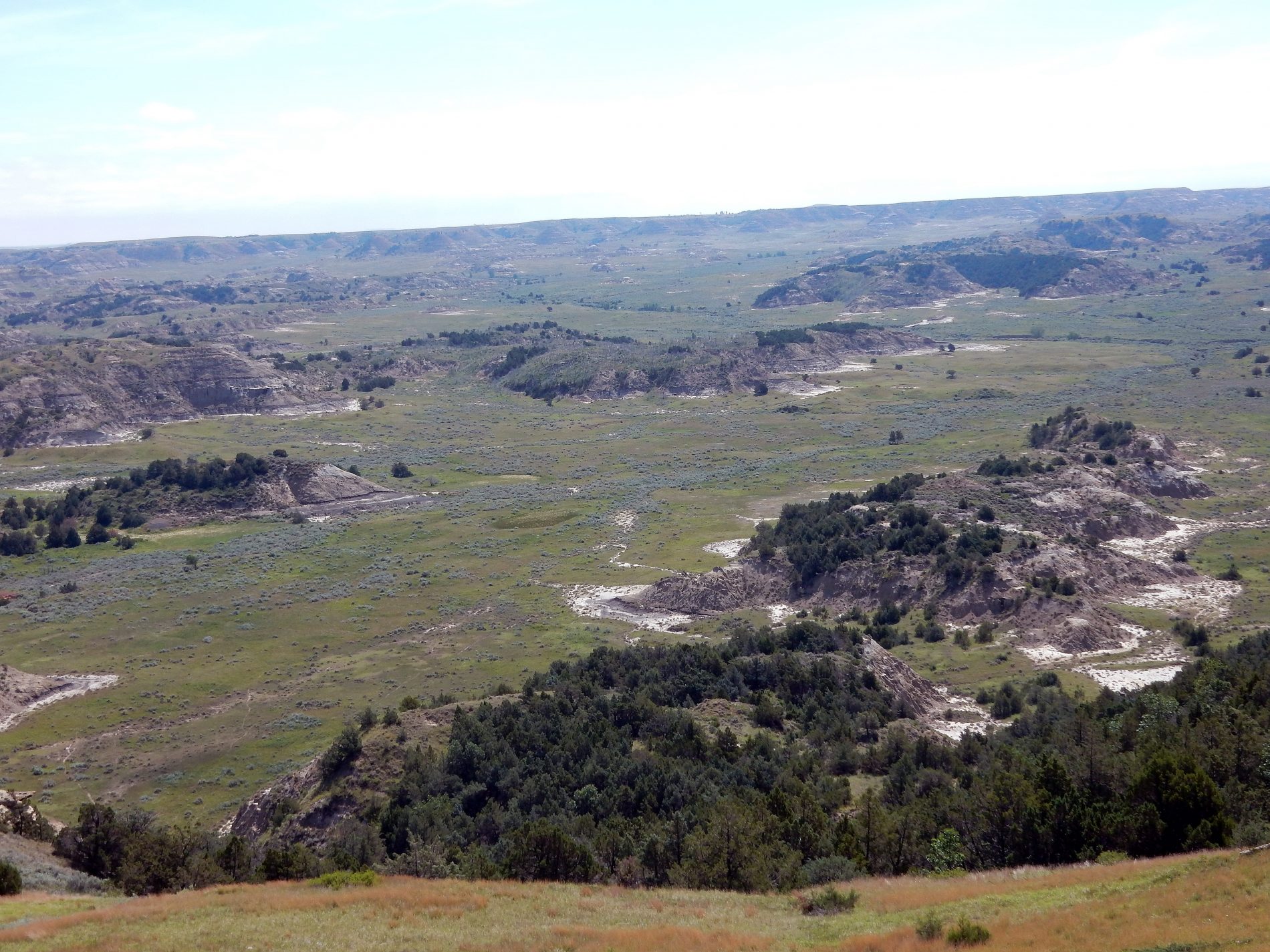
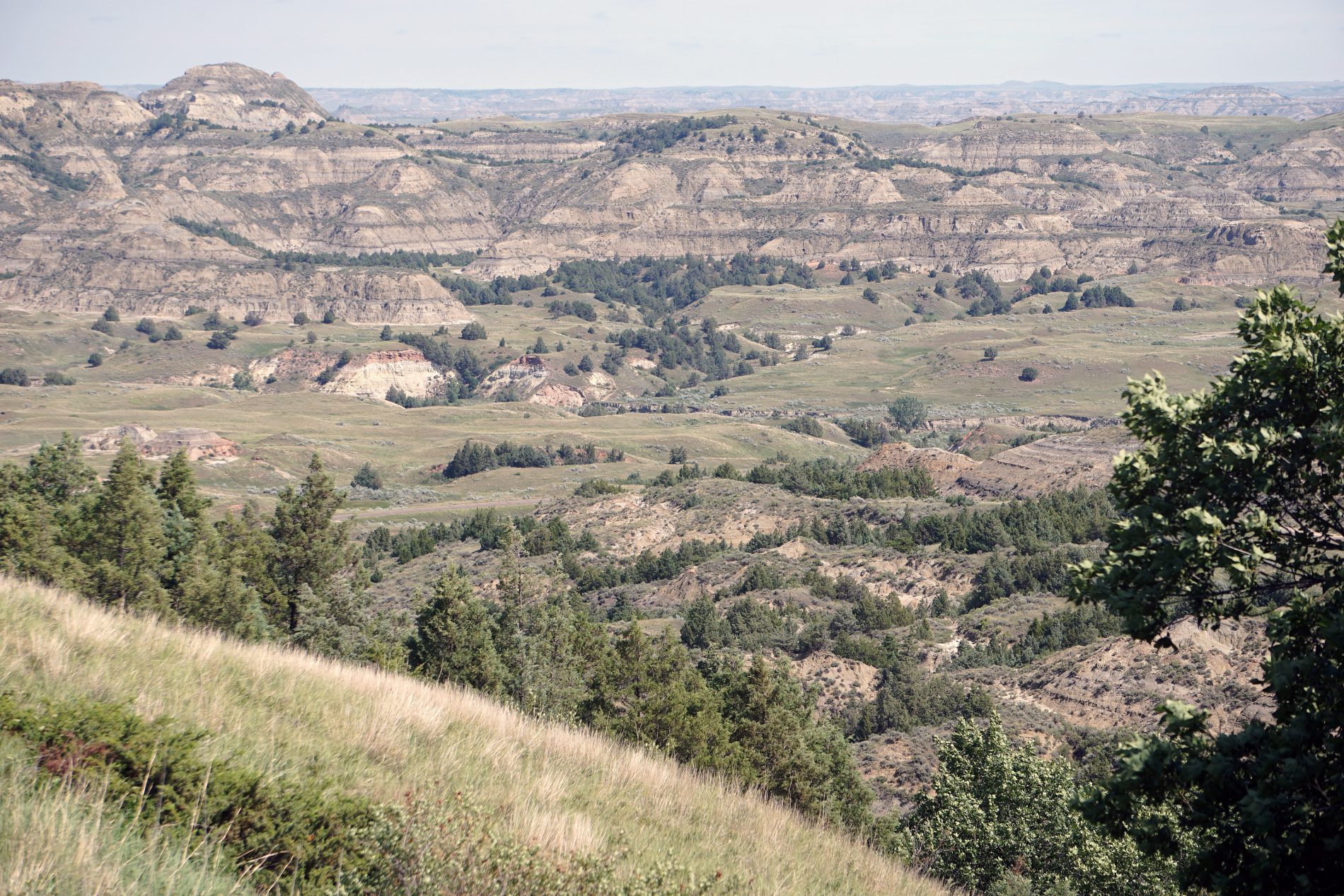
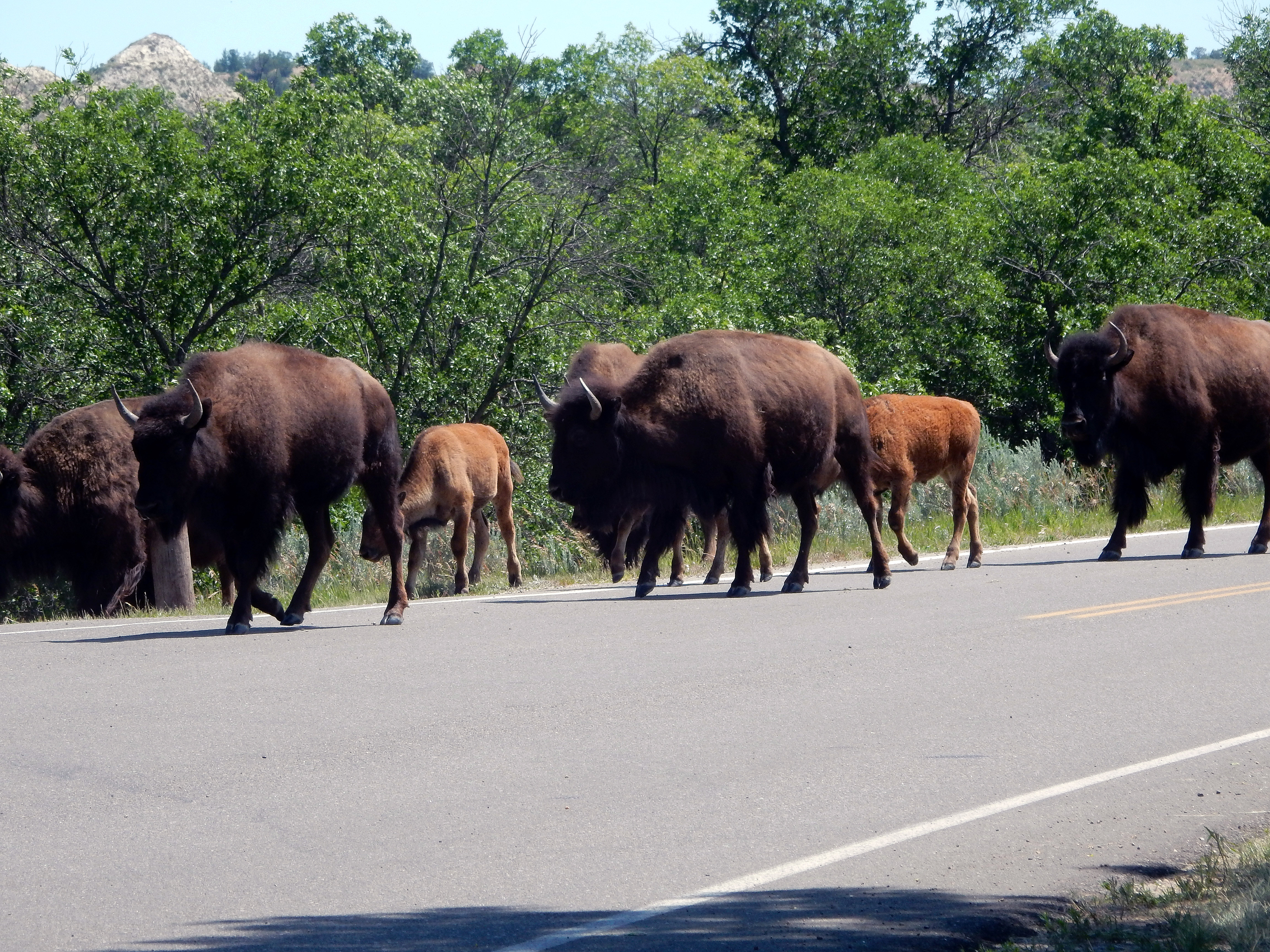

I might get one myself after reading your story since I do small road trip often. Enjoy your retirement Al.
I have one myself, great to have in case of an accident too. Hope all is going well, have a…
Just checked out your travels, I'm jealous.
Glad to see that you're still travelling around the country. It sounds great. Rich
good time to be south of the Carolinas! The snow started here almost right when they predicted and with the…